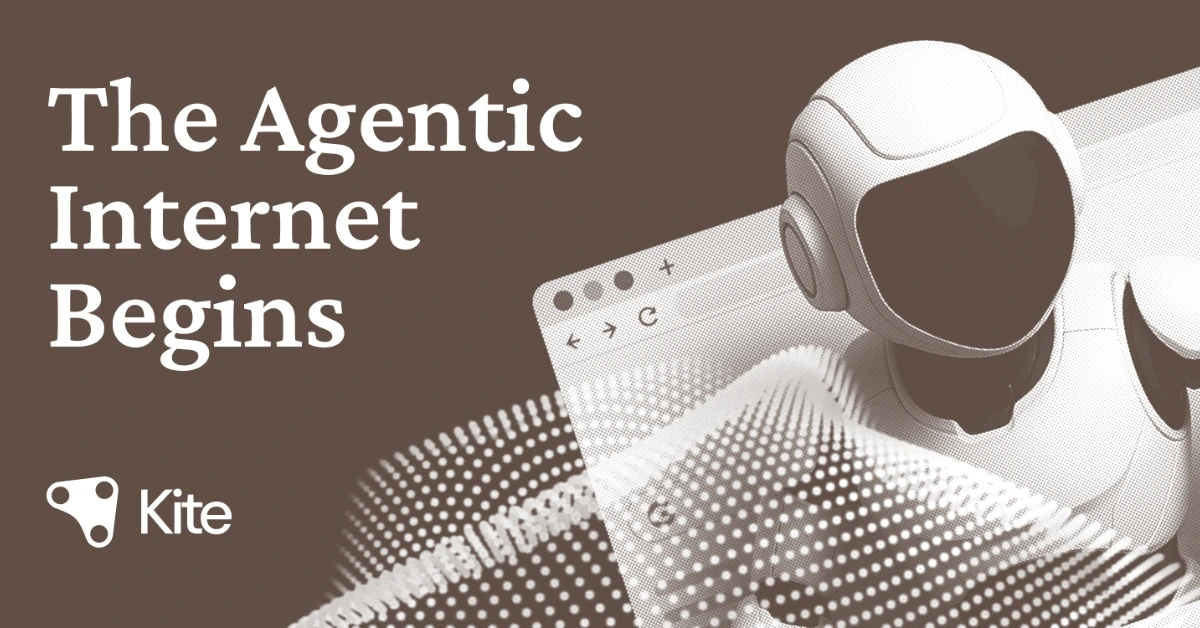
The Rise of the Agentic Internet
Over the last several months, we’ve witnessed the rapid acceleration of infrastructure development for autonomous AI systems. What was once a concept rooted in science fiction is now becoming tangible reality, driven by innovative platforms like 375.ai, X402, and Kite AI. Together, these technologies are forming the foundation for what is now known as the “agentic internet.”
These cutting-edge networks allow artificial intelligence (AI) agents to interact, transact, and operate independently of human intervention. Let’s dive deeper into how they are reshaping the digital economy and what it means for businesses, developers, and everyday consumers.
Decentralized Data Networks and AI Payments
One of the first challenges in developing autonomous AI systems has been providing them with access to decentralized networks for data collection and transaction processing. Enter 375.ai, a pioneering edge data intelligence network that enables AI agents to process large-scale real-world data autonomously. The platform’s expansive testnet adoption highlights the growing demand for technologies that support these capabilities.
Beyond data processing, payment systems represent another critical piece of the equation. Traditional payment infrastructures were built for people, not machines, creating bottlenecks in AI integrations. This is where X402, Coinbase’s revolutionary payment protocol for AI systems, comes into play. By enabling instant USDC payments for API calls and data access, X402 eliminates the need for subscriptions and manual payment authorizations.
Kite AI: Building the Next-Gen AI Ecosystem
While platforms like 375.ai focus on data, Kite AI tackles the full stack of autonomous infrastructure, including payment, identity, and governance. Kite AI’s Agent Passport system assigns cryptographic identities to AI models, agents, and digital services. This provides a secure foundation for trust while enabling granular controls over agent operations.
What sets Kite AI apart is its custom Layer-1 blockchain. With near-zero fees and instant machine-native value transfers, this solution empowers autonomous systems to negotiate, discover, and pay for services independently. To date, Kite AI’s testnet has processed more than 1 billion agent interactions and boasts over 10 million users—a clear indication of its scalability and market relevance.
Why Autonomous Systems Matter
The push for agentic infrastructure aligns with the growing desire to optimize machine-to-machine communication and transactions. In a future dominated by autonomous systems, these AI agents will require a few essential technologies to thrive:
- Verifiable Identity: Secure cryptographic systems that build trust between agents.
- Programmable Governance: Rules to ensure ethical and defined operations.
- Instant Payments: Efficient transaction models that can keep up with machine speeds.
Platforms like 375.ai, X402, and Kite AI are addressing these issues head-on, establishing themselves as foundational components of the next major evolution of the internet.
Stay Ahead in the Agentic Economy
The agentic internet is no longer a concept but a rapidly developing reality. From decentralized data intelligence to instant AI-native payment methods powered by blockchain, the infrastructure laying the groundwork for fully autonomous agents is here. Early adopters and developers who leverage these platforms stand to gain a competitive edge as the agentic economy matures.
If you’re looking to integrate autonomous AI infrastructure with minimal complexity, we recommend exploring Kite AI. Their cutting-edge blockchain technology continues to redefine what’s possible, ensuring your systems remain ahead of the curve.
The Future Is Now
As we embrace autonomous systems and agentic infrastructures, the possibilities for innovation are endless. Whether it’s optimizing business processes, facilitating secure AI-to-AI transactions, or creating entire ecosystems of intelligent digital services, the next generation of the internet is here—and it’s driven by AI.



